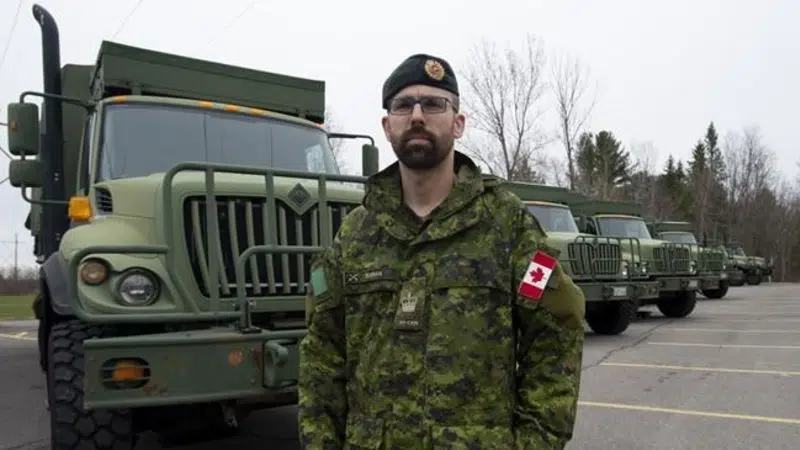
Canadian Forces adapting as requests for disaster-related assistance grow
OTTAWA — The first time Warrant Officer Andrew Buchan was called on to help provide disaster relief at home was the flooding in Quebec in 2017, after 15 years in the reserves. Now, only two years later, he’s back at it.
“This is a new thing,” says Buchan, whose primary responsibility is ensuring the engineer unit to which he is assigned has the tools and supplies it needs to help protect the village of Cumberland, in Ottawa’s rural east end, from flooding. “Call-outs for the military to provide this type of support, at least in my neck of the woods, weren’t as common and it’s becoming more common.”
The Canadian Forces has a long history of helping provinces and municipalities with disasters such as floods, ice storms and wildfires, but recent trends suggest those requests are growing in both frequency and scope.


